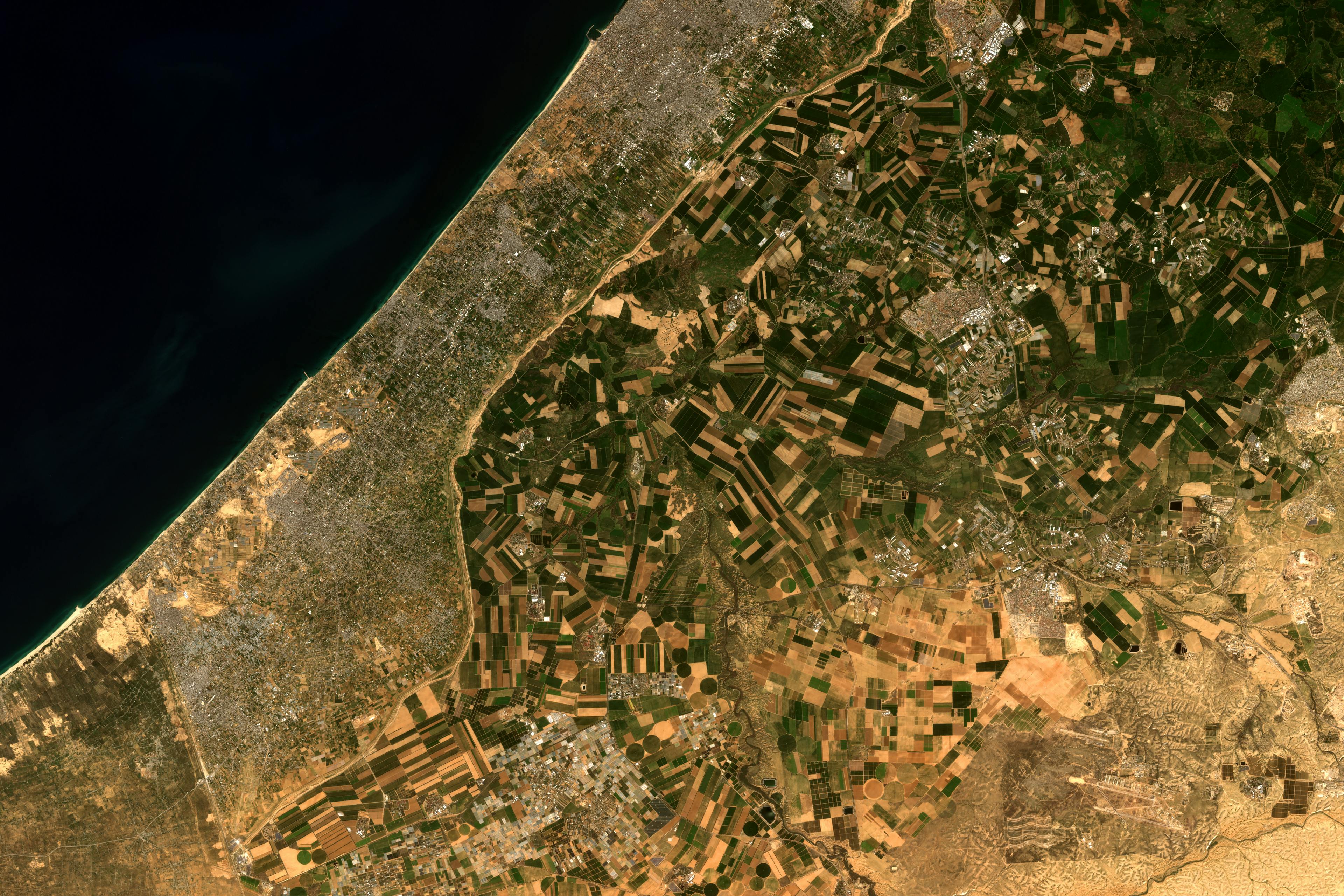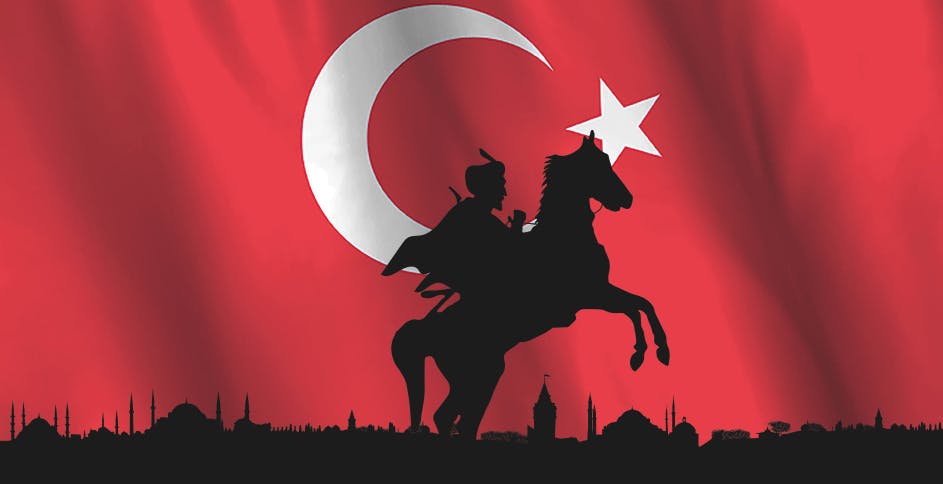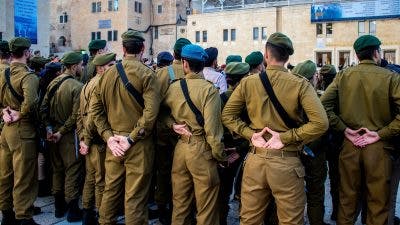Gaza: Uneasy Quiet

As I’m writing this article, it’s been two weeks since the fighting fell mostly silent in Gaza. On October 10, 2025, what started as a US-pushed truce amid the ruins of a two-year war has morphed into something quieter, and thornier: a de facto partition that’s left Israel holding more than half the strip, Hamas scrambling to reassert its grip and ordinary Gazans—fresh from the crossfire of artillery—now waiting in uncertainty for the realization of vague political promises. As negotiators huddle to make these promises both substantial and implementable, the big question isn’t whether this pause holds; it’s whether it hardens into a new border or breaks apart into fresh war.
US President Donald Trump’s 20-point plan called for an immediate ceasefire, phased hostage releases, Israeli withdrawals to “defensive lines,” a flood of humanitarian aid, Hamas disarmament and an international stabilization force. President Trump hailed it’s implementation as “a moment of joy and soaring hope,” vowing in a Knesset (Israeli parliament) address that Israel and Hamas had “signed off on the first phase.”
Mediators from the US, Egypt, Qatar and the UAE met in Sharm el-Sheikh for a summit on October 10, where envoys inked the basics: no major offensive operations; swaps of living hostages for Palestinian prisoners; and carved out security corridors. Israel pulled tanks back from the northern part of the strip, ceding ground and digging in south of what has now become known as the “yellow line,” a string of concrete markers and razor wire that’s effectively split Gaza in two. At the time of writing, the IDF controls approximately 53% of the coastal enclave.
Hamas, for its part, isn’t sitting around idly. Experts tracking the group say it’s clawing back control with a vengeance: taxing black-market traders, commandeering municipal services and staging public executions of suspected collaborators and rivals. “Hamas is already reasserting control,” wrote Dr. Seth Frantzman, an analyst at the Jerusalem Post, noting crackdowns that mirror the group’s pre-war authoritarian playbook. Internal clashes with Palestinian Islamic Jihad factions have left bodies in alleys, and whispers of purges ripple through refugee camps. It’s a grim irony and in no way unpredictable that the truce meant to weaken Hamas has given them breathing room to rebuild.
President Trump’s fingerprints are visible everywhere. His plan’s first phase was a success, but phase two looms like a minefield: full disarmament for Hamas; amnesty or exile for its fighters; and a technocratic Palestinian council blending Fatah holdovers and independents that may ultimately become a puppet shell for Hamas’s absentee rule. As far as the multinational stabilization force is concerned, Egypt and Jordan are thus far onboard and the UAE is mulling its involvement. Israel wisely vetoed Turkey.
The “Board of Peace”—co-chaired by President Trump and possibly formerly British Prime Minister Tony Blair—would oversee a US $50 billion Gulf-funded rebuild, from power grids to desalination plants. “This opens pathways to peace that have been closed for decades,” President Trump said post-summit, touting Gulf investment and Arab cooperation.

Prime Minister Netanyahu, who has faced some heat from his far-right flank for halting the war, has nodded along to the ceasefire agreement, still insisting on “indefinite security control” until all threats to Israel have been evaporated. Hamas’s envoys, led by Khalil al-Hayya, grumble that disarming the group is a “red line” and an internal affair while quibbling with negotiators over the types and grades of weapons they’re willing to hand over.
In Sderot, exhaustion competes with pessimism. Yifat Zailer, cousin of Shiri Bibas—killed in Hamas captivity after being abducted alongside her sons Ariel (4) and Kfir (9 months old)—expresses “a great sense of relief.” Others hit a darker note. “This ceasefire deal? It’s not peace. Not even close,” media personality Avi Abelow pointed out.
The yellow line is the flashpoint now. What was pitched as temporary has Israeli troops entrenching, with new outposts sprouting from necessity. Bulldozers clear land as part of the buffer zone, displacing Gazans southward. US envoy Steve Witkoff, shuttling between Jerusalem and Doha, calls it “early days with some hiccups” in a plan that he says is holding steady.
At the time of writing, there are three road forks ahead, each with its own set of variables. What could the future look like for the people of Gaza?
The Bright Path
In this optimistic scenario, phase two clicks in by December. Hamas hands over weapons—symbolic first, heavy stuff later—for exile deals that gut its command. Israel completes its full withdrawal from Gaza’s lines of demarcation. This paves the way for the multinational stabilization force—US–led oversight with 200 support troops stationed outside Gaza, alongside British advisers and Arab contingents—to deploy and secure the Strip. The interim Palestinian committee assumes governance, backed by international supervision to ensure lasting stability and reconstruction.
A reconstruction boom propels Gaza forward. Gulf cash rebuilds ports, schools and hotels. A demilitarized Gaza becomes an economic hub. Arab states pull Saudi Arabia and others into normalization with Israel. President Trump toasts his “deal of the century.” In Israel, post-elections, the governing coalition refocuses on domestic issues, ushering in a time of solidarity and recovery for the nation.
The Muddy Middle Road
A stalemate drags into 2026. Partial disarms with Hamas keeping light arms for “internal security.” The yellow line freezes as a DMZ. Aid trickles in, enough to stave off famine but not to rebuild. Gaza limps, half-occupied, half-governed by a split council where Fatah and Hamas proxies contest for power. Skirmishes simmer—a rocket here, a raid there. President Trump pressures via aid strings and other measures, while Israeli voices call for maximum force.
The Dark Fork
This option means total collapse. The fear of steadily escalating Hamas violations proves to be prophetic. The group’s ethos of “religious sacrifice” results in a complete disintegration of the ceasefire’s agreements. Hamas ambushes kill soldiers. Rockets fly again; Israeli jets scream in reply. It will be as if the truce never existed.
Israel reinvades, citing resurgent threats. Global protests surge. France cuts arms; US campuses rage. The UN and Europe rally for the Palestinian cause and align to bring serious sanctions against Israel. Despite the Trump administration’s seemingly unwavering commitment to Israel’s security, its reactions in this volatile scenario remain unpredictable.
Now We Wait
For now, the quiet holds…but only because Israel holds the line. Hamas skulks in the shadows, flexing influence in negotiations, perhaps, but stonewalling on the question of surrendering its weapons and its power. President Trump’s Board of Peace is set to convene soon. Yet the real verdict is not in its deliberations, nor does it hinge upon reconstruction, aid or the yellow line. Instead, it depends on the watchful eye of a sovereign God and the fierce grip of a nation that will not yield to the whims of those sworn to its destruction.
As we wait to see how the future of the ceasefire unfolds, we rejoice in the fact that it resulted in the return of all the living hostages. It also gave Israel time to strengthen, to ensure the lion’s roar echoes not as a hollow warning, but as the proclamation of a total victory yet to be seen.
Related Resources

Discover Your Purpose and God’s Heart For You
In today's divided, turbulent world, it's essential for the Church to rediscover God's heart. Our free e-book, authored by a seasoned expert with three decades of experience in Israel, delves deep into the teachings of Jesus (Yeshua) to reveal God’s principles of love and purpose. Learn how embracing these truths can bring significance and impact to your life, even amidst chaos. Subscribe now to receive your free copy and embark on a journey of transformation.




